Categories • Page 4/6
Security research
Here’s where our security researchers analyze and share insights about the latest vulnerabilities, providing details on how they work, or how to exploit them.
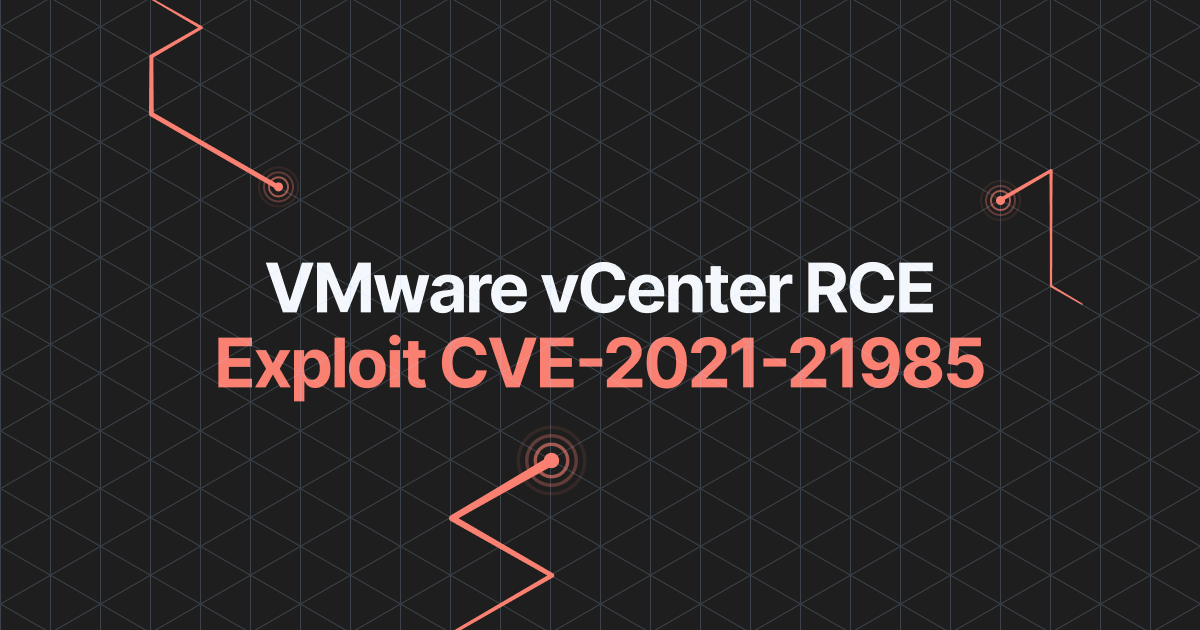
How to exploit the VMware vCenter RCE with Pentest-Tools.com (CVE-2021-21985)
More high-risk vulnerabilities mean more work for you. The good news? You won’t be out of work anytime soon. The bad news? You’ll probably work a lot more than you anticipate. So how do you balance the good and the not-so-great? By having a replicable process for when a high-risk CVE that leads to RCE hits your targets (the likes of CVE-2021-21985).
- Author(s)
- Published at
- Updated at
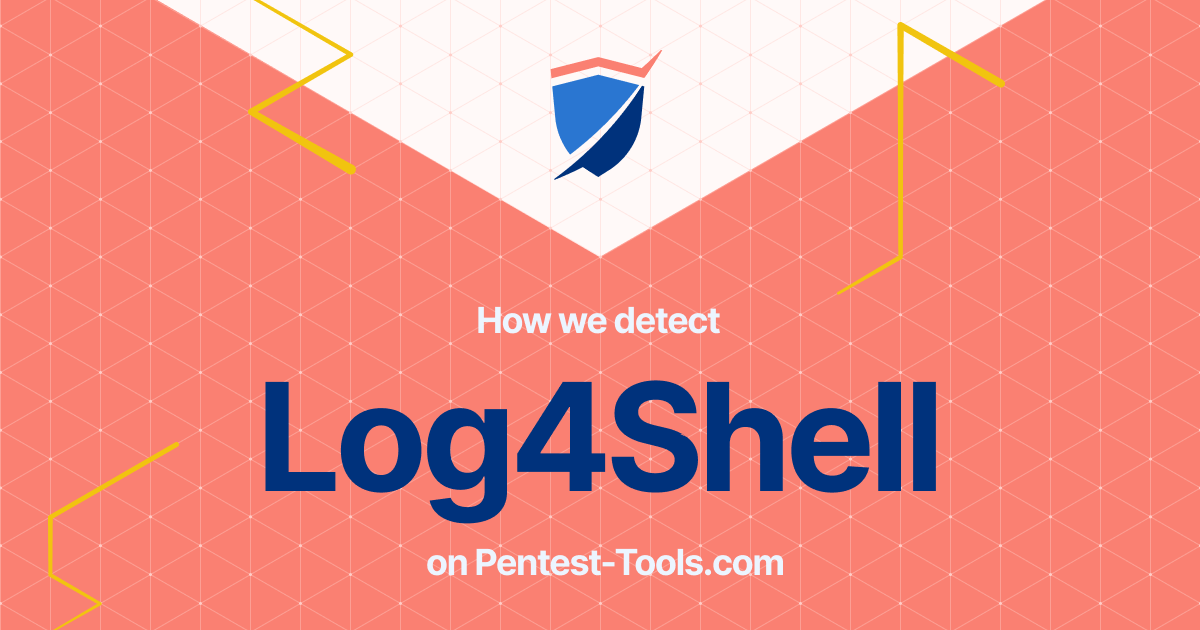
How we detect and exploit Log4Shell to help you find targets using vulnerable Log4j versions
We’re breaking down our technique for detecting CVE-2021-44228 (Log4Shell) because we believe our users should understand what’s happening behind the scanners so they can avoid a false sense of security.
- Author(s)
- Published at
- Updated at
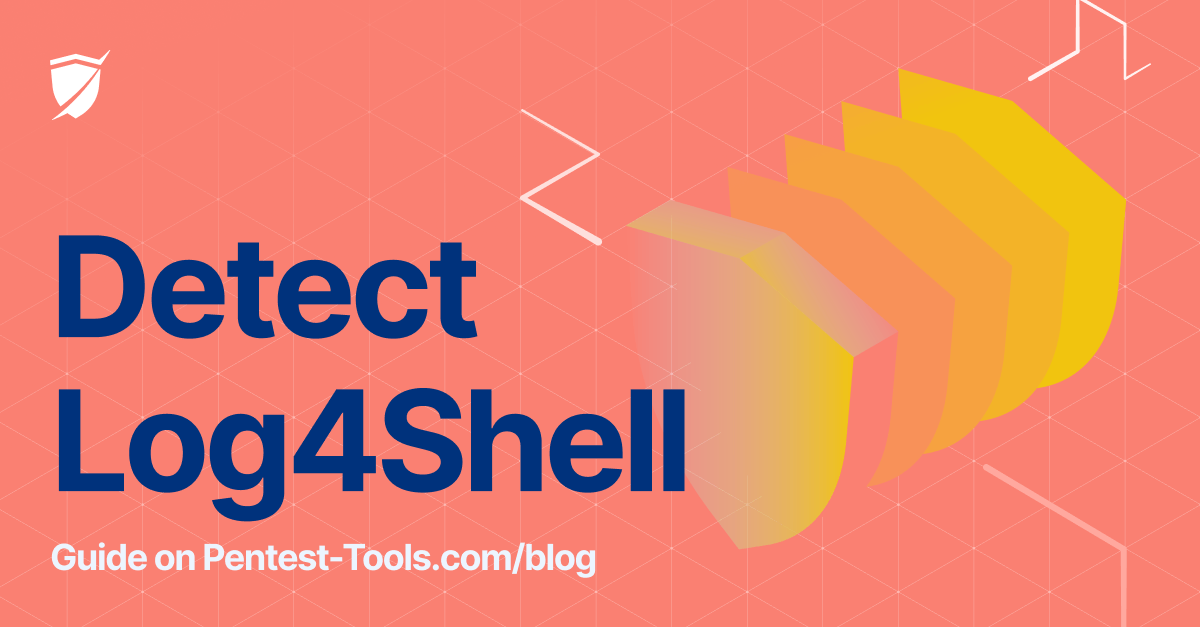

How to detect the Zoho ManageEngine ADSelfService Plus RCE (CVE-2021-40539)
Overwhelmed by so many high-risk vulnerabilities that emerge? Thousands of them are disclosed every year and 2021 is no exception. Systems are complex, cyber attacks get more sophisticated, and patching is still a challenge for many organizations. As infosec pros, it’s our responsibility to help companies (and individuals) understand the real implications and impact of a critical vulnerability and help them find it before it gets worse.
- Author(s)
- Published at
- Updated at
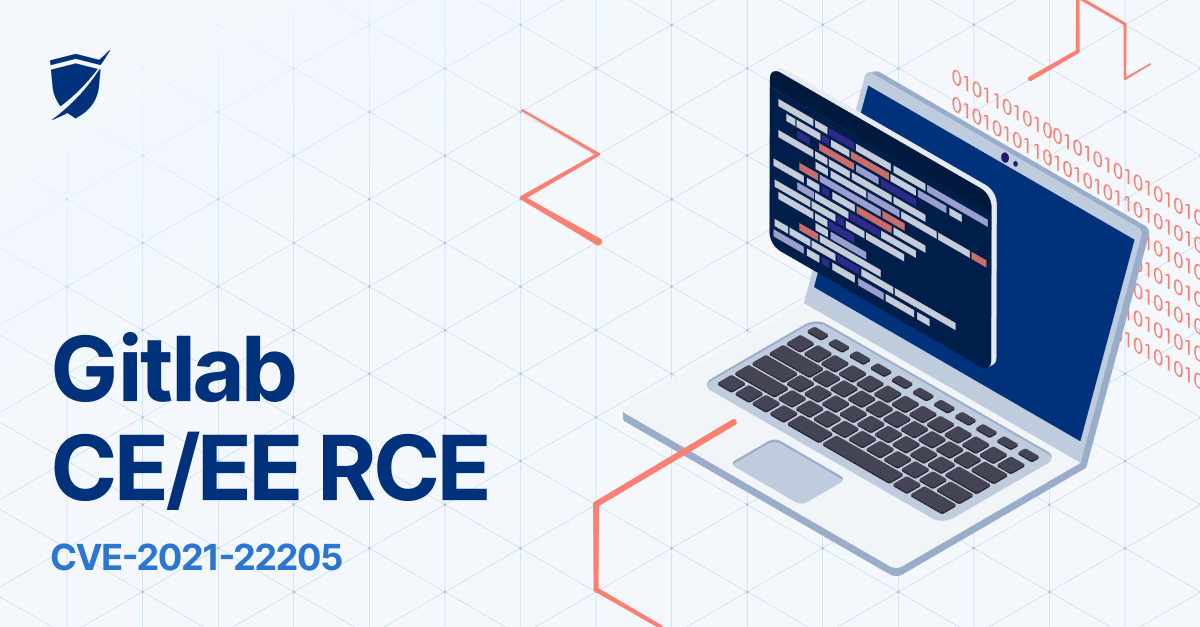
Detect and exploit Gitlab CE/EE RCE with Pentest-Tools.com (CVE-2021-22205)
“Just patch it!” is the usual advice when a vulnerability hits (and it’s not a zero-day). But it’s never that simple in organizations that have to manage layers upon layers of infrastructure. When you have to deal with a critical CVE like the latest unauthenticated RCE in Gitlab (CVSSv3 10.0), the tangled, messy process of patching bubbles to the surface.
- Author(s)
- Published at
- Updated at
![Read the article titled 6 techniques for account enumeration in a penetration test [demo included]](/_vercel/image?url=https:%2F%2Fcontent.pentest-tools.com%2Fassets%2Fcontent%2Faccount-enumeration-techniques-pentesting%2Faccount-enumeration-tactics.webp&w=1536&q=100)
6 techniques for account enumeration in a penetration test [demo included]
Enumeration is one of the essential tactics that help you gain a foothold in your target’s ecosystem. As a penetration tester, you can gain a lot of speed and prep your exploitation phase more thoroughly if you get enumeration right.
- Author(s)
- Published at
- Updated at

How to detect VMware vCenter RCE with Pentest-Tools.com (CVE-2021-21972)
The current, multi-layer setup big organizations run on is a challenge to manage and we both know that (it’s an understatement). And when a vulnerability like CVE-2021-21972 pops up, it reveals how messy the process of patching and mitigation can be.
- Author(s)
- Published at
- Updated at
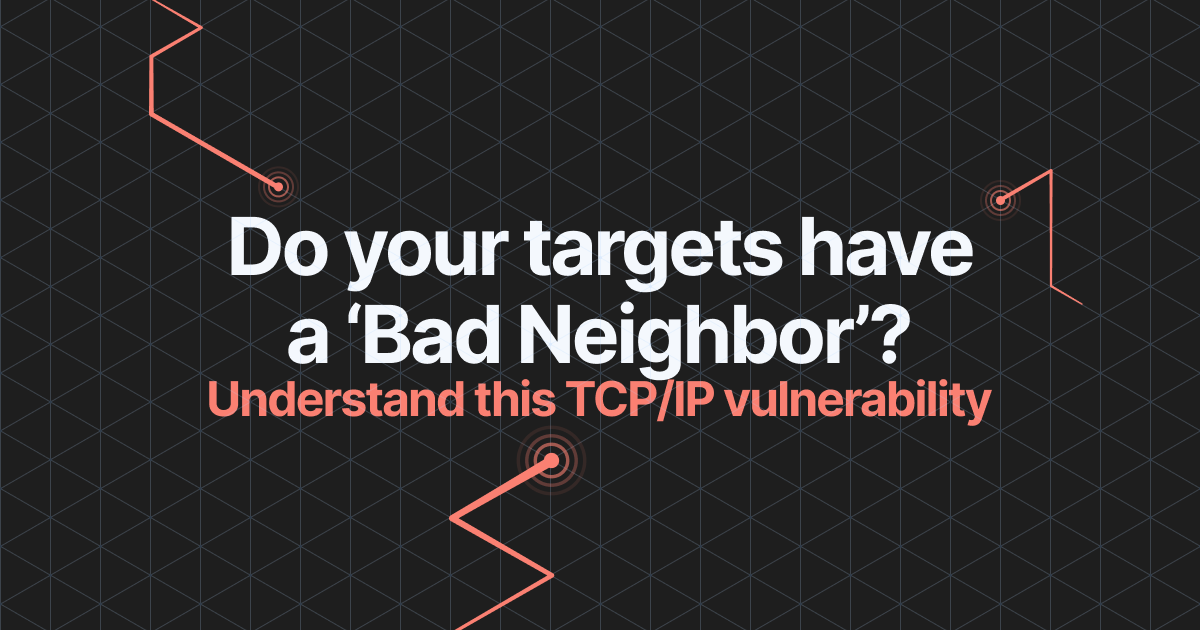
Discover how dangerous a ‘Bad Neighbor’ can be - TCP/IP Vulnerability (CVE-2020-16898)
Patching is never easy, but doing it imperfectly can come back to bite you. That’s why today we’re unpacking a vulnerability that can resurface when improperly mitigated.
- Author(s)
- Published at
- Updated at
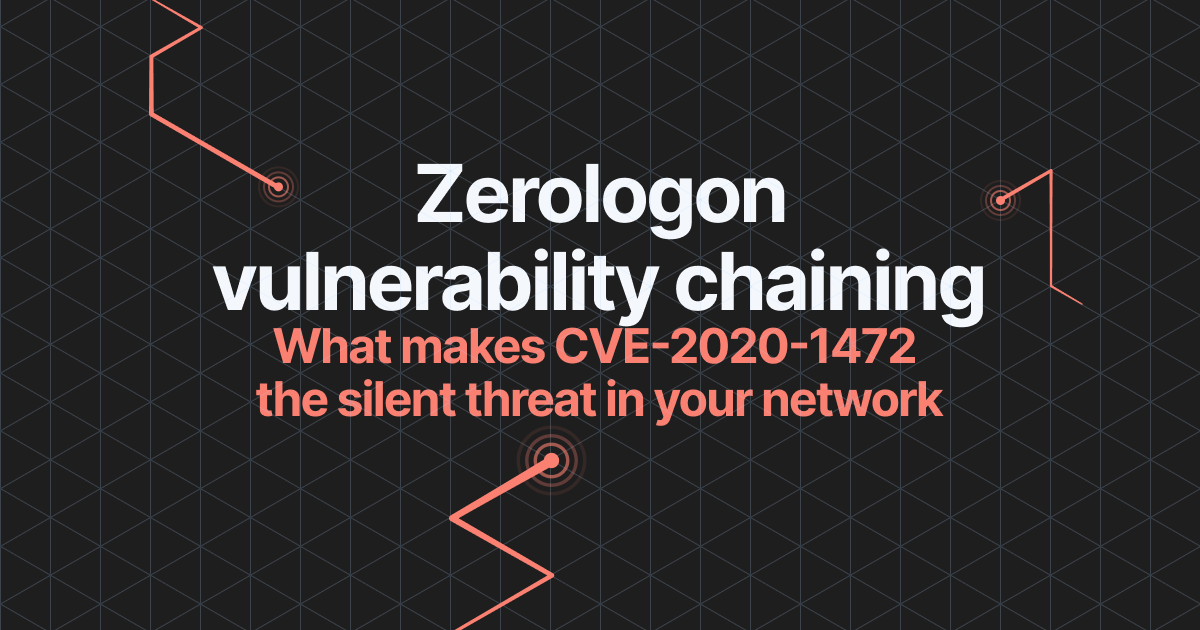
Why Zerologon is the silent threat in your network
No red flags. No alerts. Full-on compromise. The way cybercriminals are putting together various vulnerabilities within the Microsoft infrastructure, including Zerologon vulnerability (CVE-2020-1472), is more than a trending topic in the infosec community. It’s a massive threat for organizations small and large.
- Author(s)
- Published at
- Updated at

Find out why lower-severity vulns are the bigger pain
Sometimes headline-making vulnerabilities aren’t necessarily the ones causing the most burning challenges for companies. What makes a difference during uncertain times is identifying the key focus points needed to support business priorities.
- Author(s)
- Published at
- Updated at
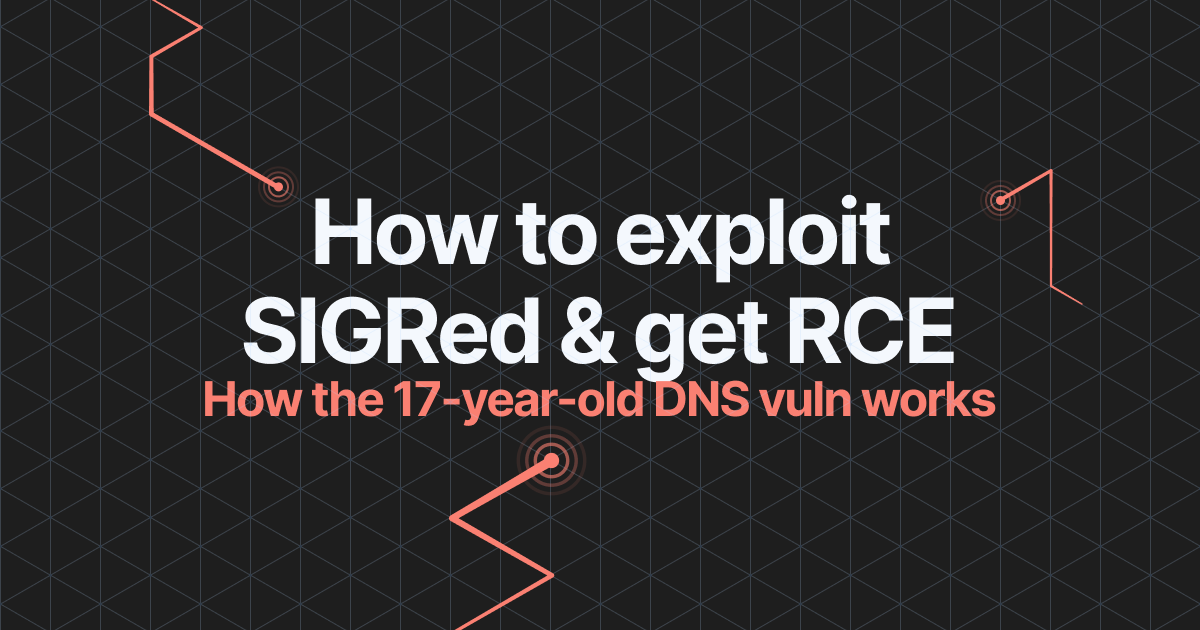

How to attack F5 BIG-IP using CVE-2020-5902 (TMUI RCE)
Let’s tackle a vulnerability that broke out not only in BIG-IP firewalls but also on social media! When a major issue affecting a security product emerges, it immediately makes the headlines, the paradox of the situation impossible to ignore.
- Author(s)
- Published at
- Updated at








